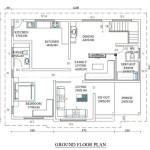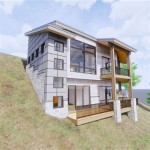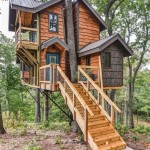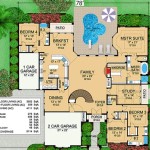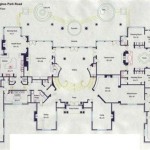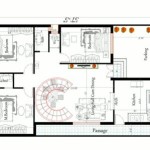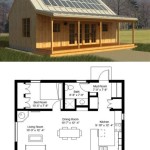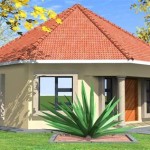Tri Level House Plans 1960s: A Comprehensive Guide to Their Unique Features
Tri-level houses, a hallmark of the 1960s architectural landscape, continue to captivate homeowners with their distinctive design and functional appeal. These homes are characterized by their clever use of multiple levels to create ample living space while maintaining a compact footprint. This article delves into the essential aspects of tri-level house plans from the 1960s, exploring their unique features, advantages, and enduring appeal.
The Distinct Features of Tri Level House Plans
Tri-level houses are instantly recognizable by their distinctive three-level design. The first level typically features an entryway, a living room, and an eat-in kitchen. The second level houses the bedrooms and bathrooms, providing a secluded retreat from the main living areas. The third level often serves as a bonus space, offering flexibility for use as an additional bedroom, a family room, or a home office.
Advantages of Tri Level House Plans
Tri-level house plans offer several advantages over traditional single-level or two-story homes. Firstly, they maximize space utilization by creating living areas on multiple levels, without requiring a large lot. The clever use of split levels allows for distinct areas for different activities, promoting a sense of privacy and tranquility. Additionally, the separation of bedrooms from the main living areas reduces noise levels, ensuring a peaceful sleeping environment.
The Enduring Appeal of Tri Level House Plans
Despite the passage of time, tri-level house plans from the 1960s continue to be popular due to their timeless design and enduring functionality. The flexible floor plans allow homeowners to customize the spaces to suit their specific needs, creating a unique and personalized living experience. Moreover, the architectural details of these homes, such as large windows, open floor plans, and vaulted ceilings, create a sense of spaciousness and natural light, contributing to their enduring appeal.
Considerations for Tri Level House Plans
While tri-level house plans offer numerous advantages, there are also considerations to keep in mind. The split-level design may require additional stairs, which can be a concern for elderly homeowners or those with mobility issues. Additionally, the use of multiple levels can add complexity to heating and cooling the home, resulting in slightly higher energy costs compared to single-level homes.
Conclusion
Tri-level house plans from the 1960s are architectural gems that continue to capture the imaginations of homeowners. Their clever use of space, functional design, and timeless appeal make them an enduring choice for those seeking a unique and versatile home. By understanding the essential aspects of these iconic plans, prospective buyers can make informed decisions about whether a tri-level home is the right fit for their lifestyle and needs.

1960 Mid Century Modern House Plans Vintage

Untitled House Plans With Pictures Vintage Mid Century Modern

See 125 Vintage 60s Home Plans Used To Design Build Millions Of Mid Century Houses Across America Americana

Split Level House Plans Tri Vintage

Don T Dis The Split Susan Yeley Homes

1962 Georgia Pacific Ethan Flickr House Plans With Pictures Vintage Mid Century Modern

See 125 Vintage 60s Home Plans Used To Design Build Millions Of Mid Century Houses Across America House

Split Level Style Home Wiki Fandom
Architecture Split Level Houses Why Cyburbia Urban Planning Placemaking And More

A Stepped Up Level House In La Grange Park

